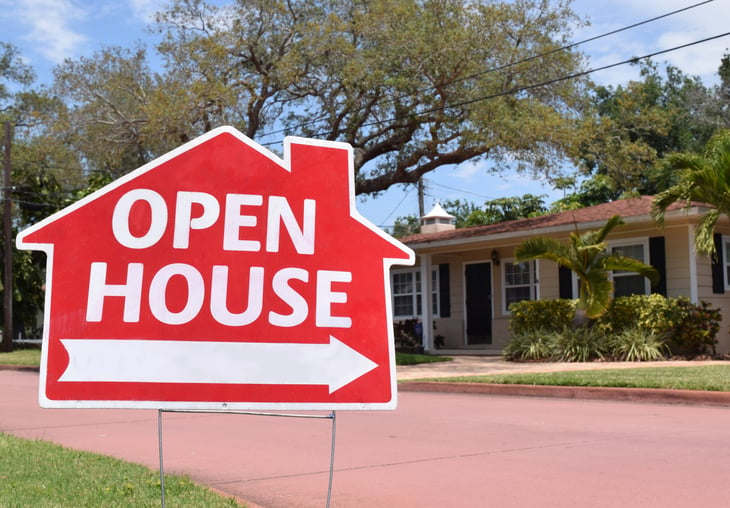
This story originally appeared on Inspection Support Network.
2020 was a year like no other for the residential real estate market, and the market is still feeling the effects.
The onset of the COVID-19 pandemic in the late winter and early spring of last year set off a series of whiplashing shifts. Initially, public health concerns and stay-at-home orders brought the market to a halt as buyers and sellers alike held back on transactions. But over the course of the year, demand rebounded in dramatic fashion. Increased household savings gave many people more resources to enter the market, especially among first-time buyers in the millennial generation. Meanwhile, space and amenities in the home took on additional value because more people were working and schooling from home. All of these factors have driven up the demand for homes.
Despite strong interest from buyers, the market has not seen supply keep up. The ripple effects of the pandemic have made many would-be sellers more conservative, keeping their homes off the market. With the broader economic outlook still uncertain in many ways, these homeowners are wary of making such a major transaction, especially when it means competing with a mass of buyers for their next property.
Together, the combination of strong demand and weak supply has produced higher prices and lower inventory. In a typical year, the number of active listings and the median list price for homes stay roughly in sync, following the seasonality of the real estate market. In 2020, however, there was a divergence as prices continued to increase while active listings fell sharply over the course of the year.
Another side effect of this dynamic is that the homes that do come on the market sell faster because of the scarcity. In turn, this means that the share of listings on the market that are new in any given month is rising. At the peak of the summer market in 2020, the share of listings that were newly listed within the past 30 days was almost half of total inventory. Even for the slower periods in November and December 2020, the share of new listings was up 50 percent or more year-over-year for the same months—and comparable to the level for peak months in a normal year.
Large Metros With the Most Homes for Sale
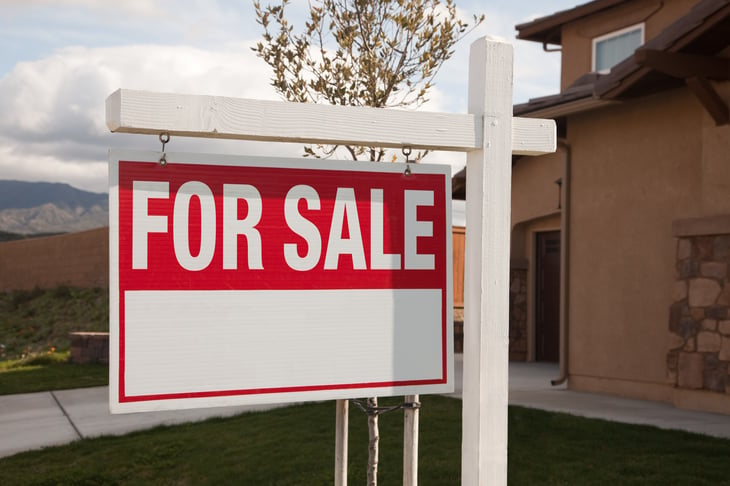
As is usually the case with real estate, these trends look different according to location. Many of the areas that still have a strong housing inventory are places that have seen increased home construction to accommodate a growing population. At the state level, Florida is the clear leader in the number of homes for sale, with 248 active listings per 10,000 homes, and Hawaii (229) and Georgia (210) are not far behind. In these locations, supply and demand are keeping pace with one another more than they are elsewhere. This makes them more favorable for buyers, because while there are more competitors in the market, there are also more options available.
The metro locations with fewer listings for sale in 2020 for the most part follow the same dominant national trends. In some communities, inventory is low because demand is high and properties are selling quickly. This is most apparent in high-growth locales like Seattle and Salt Lake City, where increased demand for homes from higher-income professionals means that the few properties that are on the market move fast and at high prices. But even in Rust Belt cities that have largely experienced economic decline in recent decades, like Buffalo, New York, or Grand Rapids, Michigan, sellers are showing reticence to put their homes on the market out of fear they will have nowhere to go—a trend that has also dramatically reduced supply.
To find the locations with the most and fewest homes for sale, researchers from Inspection Support Network pulled data from Realtor.com and the U.S. Census Bureau. The research team calculated the average number of monthly active residential listings in 2020 per 10,000 owner-occupied homes. Researchers also pulled the average number of new listings per month, the year-over-year trends, and the median home price for reference.
Keep reading to see which large metros have the most and fewest homes for sale, starting with those that have the most homes for sale.
1. Miami-Fort Lauderdale-Pompano Beach, FL

- Number of active listings per 10,000 homes: 337
- Average number of active listings per month: 42,520
- Change in number of active listings (YoY): -13.3%
- Average number of new listings added per month: 10,421
- Median home price: $406,290
2. Atlanta-Sandy Springs-Alpharetta, GA

- Number of active listings per 10,000 homes: 219
- Average number of active listings per month: 30,072
- Change in number of active listings (YoY): -29.5%
- Average number of new listings added per month: 14,738
- Median home price: $341,267
3. New York-Newark-Jersey City, NY-NJ-PA

- Number of active listings per 10,000 homes: 190
- Average number of active listings per month: 68,144
- Change in number of active listings (YoY): -10.9%
- Average number of new listings added per month: 21,182
- Median home price: $594,540
4. Las Vegas-Henderson-Paradise, NV

- Number of active listings per 10,000 homes: 190
- Average number of active listings per month: 8,140
- Change in number of active listings (YoY): -11.8%
- Average number of new listings added per month: 3,386
- Median home price: $336,525
5. Jacksonville, FL

- Number of active listings per 10,000 homes: 184
- Average number of active listings per month: 6,563
- Change in number of active listings (YoY): -27.3%
- Average number of new listings added per month: 2,627
- Median home price: $317,683
6. Houston-The Woodlands-Sugar Land, TX

- Number of active listings per 10,000 homes: 164
- Average number of active listings per month: 22,882
- Change in number of active listings (YoY): -20.0%
- Average number of new listings added per month: 9,399
- Median home price: $322,238
7. San Antonio-New Braunfels, TX

- Number of active listings per 10,000 homes: 161
- Average number of active listings per month: 7,813
- Change in number of active listings (YoY): -22.4%
- Average number of new listings added per month: 3,269
- Median home price: $301,436
8. Orlando-Kissimmee-Sanford, FL

- Number of active listings per 10,000 homes: 158
- Average number of active listings per month: 8,072
- Change in number of active listings (YoY): -17.1%
- Average number of new listings added per month: 3,336
- Median home price: $321,205
9. Virginia Beach-Norfolk-Newport News, VA-NC

- Number of active listings per 10,000 homes: 156
- Average number of active listings per month: 6,252
- Change in number of active listings (YoY): -35.9%
- Average number of new listings added per month: 2,932
- Median home price: $320,631
10. Tampa-St. Petersburg-Clearwater, FL
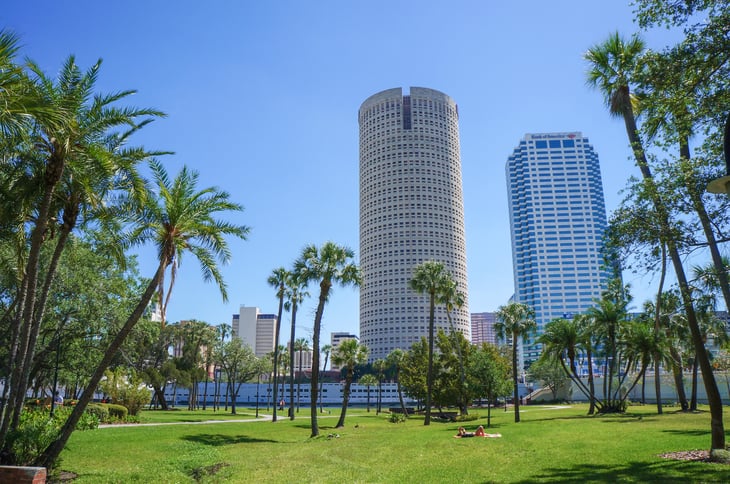
- Number of active listings per 10,000 homes: 137
- Average number of active listings per month: 10,069
- Change in number of active listings (YoY): -32.0%
- Average number of new listings added per month: 4,677
- Median home price: $292,308
Large Metros With the Fewest Homes for Sale
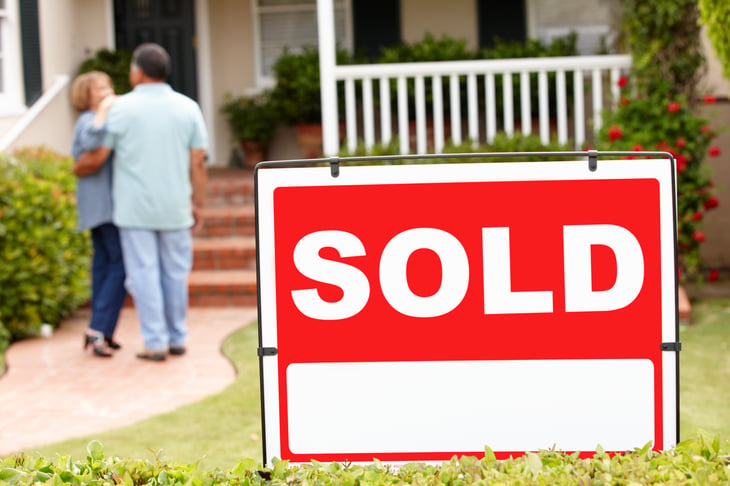
While Southern cities dominate the list of metro areas with the most homes for sale, cities with low housing inventory are located largely in the Northeast and Midwest.
1. Buffalo-Cheektowaga, NY
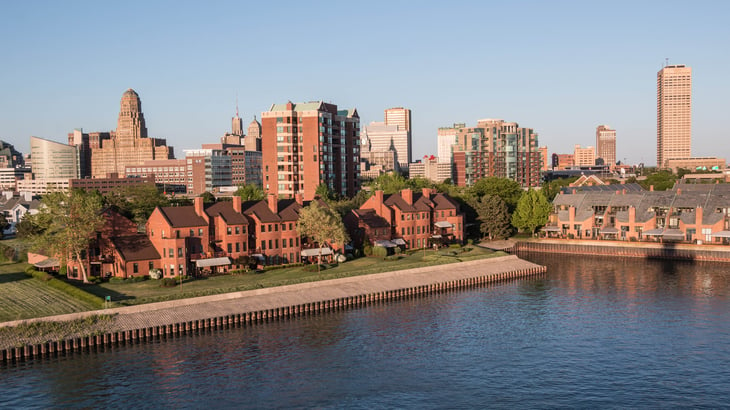
- Number of active listings per 10,000 homes: 39
- Average number of active listings per month: 1,235
- Change in number of active listings (YoY): -32.9%
- Average number of new listings added per month: 825
- Median home price: $218,437
2. San Jose-Sunnyvale-Santa Clara, CA

- Number of active listings per 10,000 homes: 41
- Average number of active listings per month: 1,416
- Change in number of active listings (YoY): -23.2%
- Average number of new listings added per month: 1,215
- Median home price: $1,196,303
3. Rochester, NY

- Number of active listings per 10,000 homes: 49
- Average number of active listings per month: 1,373
- Change in number of active listings (YoY): -33.7%
- Average number of new listings added per month: 953
- Median home price: $237,036
4. Columbus, OH

- Number of active listings per 10,000 homes: 51
- Average number of active listings per month: 2,487
- Change in number of active listings (YoY): -19.8%
- Average number of new listings added per month: 1,799
- Median home price: $310,359
5. Milwaukee-Waukesha, WI

- Number of active listings per 10,000 homes: 52
- Average number of active listings per month: 1,946
- Change in number of active listings (YoY): -31.7%
- Average number of new listings added per month: 1,201
- Median home price: $328,346
6. San Francisco-Oakland-Berkeley, CA

- Number of active listings per 10,000 homes: 52
- Average number of active listings per month: 4,756
- Change in number of active listings (YoY): -12.2%
- Average number of new listings added per month: 3,689
- Median home price: $999,365
7. Salt Lake City, UT

- Number of active listings per 10,000 homes: 54
- Average number of active listings per month: 1,458
- Change in number of active listings (YoY): -42.7%
- Average number of new listings added per month: 1,185
- Median home price: $491,641
8. Seattle-Tacoma-Bellevue, WA

- Number of active listings per 10,000 homes: 56
- Average number of active listings per month: 4,936
- Change in number of active listings (YoY): -28.9%
- Average number of new listings added per month: 3,950
- Median home price: $617,868
9. Cincinnati, OH-KY-IN

- Number of active listings per 10,000 homes: 59
- Average number of active listings per month: 3,373
- Change in number of active listings (YoY): -38.1%
- Average number of new listings added per month: 1,921
- Median home price: $309,265
10. Grand Rapids-Kentwood, MI

- Number of active listings per 10,000 homes: 63
- Average number of active listings per month: 1,701
- Change in number of active listings (YoY): -28.5%
- Average number of new listings added per month: 1,036
- Median home price: $306,175
Detailed Findings & Methodology

The data used in this analysis is from Realtor.com’s Real Estate Data: Inventory-Monthly and the U.S. Census Bureau’s 2019 American Community Survey.
To determine the locations with the most homes for sale, researchers calculated the average number of monthly active residential listings in 2020 per 10,000 owner-occupied homes. In the event of a tie, the location with the greater total number of active listings was ranked higher.
To improve relevance, only metropolitan areas with at least 100,000 residents were included. Additionally, metros were grouped into cohorts based on population size: small (100,000–349,999), midsize (350,000–999,999), and large (1,000,000 or more).







Add a Comment
Our Policy: We welcome relevant and respectful comments in order to foster healthy and informative discussions. All other comments may be removed. Comments with links are automatically held for moderation.